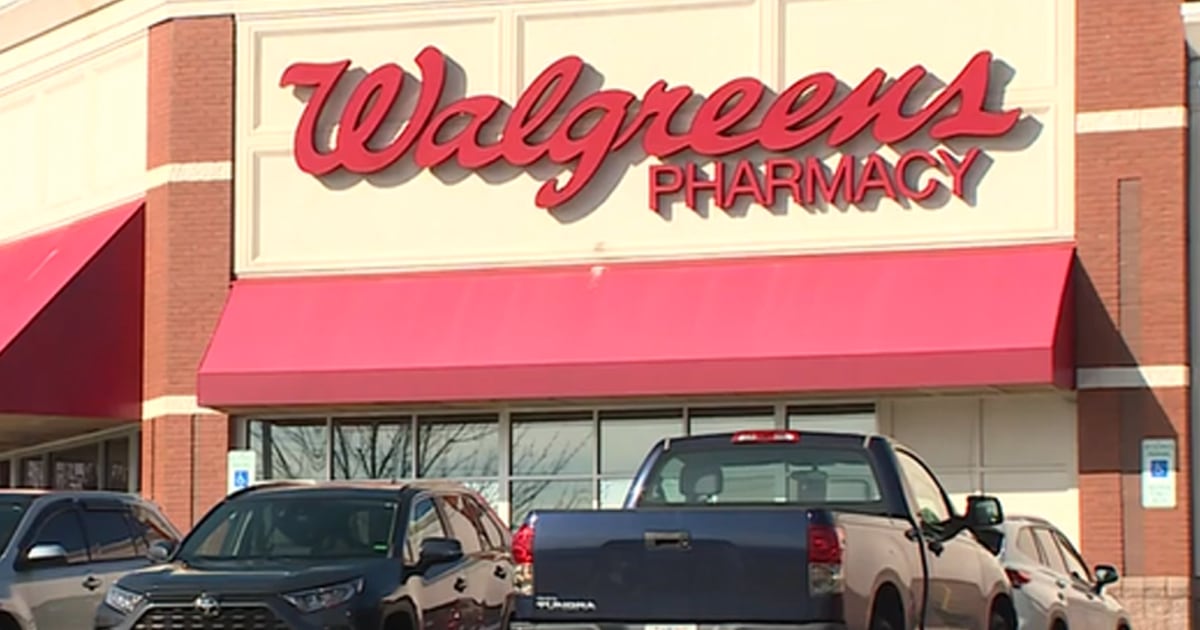
A North Carolina mother said a pharmacy error sickened her daughter because the girl received the wrong dosage of a liquid medication used to treat attention deficit hyperactivity disorder (ADHD).
The woman said she filed a complaint with the North Carolina Board of Pharmacy after the 5-year-old girl was given 5 daily milliliters of Quillivant XR instead of the 1 daily milliliter recommended by a doctor.
The news was first reported Sunday by NBC affiliate WXII of Winston-Salem, North Carolina.
The North Carolina agency did not respond to request for comment.
The woman said her daughter was admitted to the emergency room because of side effects from the higher dosage.
Quillivant XR is approved for people 6 and older starting at 4 milliliters per dose, so the prescription was likely given off-label. The mother said her daughter is underweight for her age.
She said that she reported the error to Walgreens and that a pharmacist told her that she was rushing due to limited staffing and misread the order.
Walgreens told NBC News it couldn’t comment on specific cases, citing patient confidentiality laws.
“In the event of any prescription error, our first concern is always for a patient’s well-being. Our multi-step procedure includes several safety checks to minimize the chance of human error and we have reviewed this process with our pharmacy staff in order to prevent such occurrences,” the company said in a statement.
The Food and Drug Administration receives more than 100,000 annual reports of medication errors — preventable events, such as prescribing the wrong dosage, that could harm a patient or lead to inappropriate use of a drug.
A study last year found that 7,000 to 9,000 people in the U.S. die from medication errors each year, and hundreds of thousands more have adverse reactions or complications that aren’t reported.
Potential dosing errors are likely common, said Adam Bursua, a clinical assistant professor at the University of Illinois Chicago College of Pharmacy.
Bursua said liquid medications are especially prone to dosing errors because they are prescribed in either milligrams or milliliters — and those figures, in turn, are based on a person’s weight in kilograms or pounds. This creates room for basic arithmetic or transcription errors, he said.
“Anytime humans are involved with transcribing or having to type or calculate on their own, it introduces a new opportunity for human error to sneak in,” Bursua said.
Many doctors’ offices and pharmacies don’t use the same electronic systems, so “sometimes the prescription will be dumped into miscellaneous fields” and the pharmacist will have to re-input it manually, said Rita Jew, president of The Institute for Safe Medication Practices, a nonprofit group that aims to prevent medication errors.
There’s also the issue of confirmation bias: Pharmacists may look for a dosage that makes sense to them rather than one tailored to an individual patient. Jew said many pharmacies don’t know a patient’s age or weight, meaning “sometimes you just don’t have the right information to even know that a dose is incorrect.”
On top of that, she said, the workload is often overwhelming: A 2019 survey from the Department of Health and Human Services found that pharmacy staff commonly feel rushed when processing prescriptions and that interruptions and distractions in the pharmacy make it difficult to work accurately.
Bursua said pharmacists face mounting hurdles trying to get medications covered by insurance. And Jew said the Covid pandemic made vaccinations at pharmacies more common, placing added strain on pharmacists.
“You can have a patient walk in and want their vaccine when your phone is ringing off the hook and you have prescriptions waiting to be filled and you have people standing in line,” Jew said. The Institute for Safe Medication Practices recommends that pharmacies dedicate a period of time to administering vaccines, rather than trying to dispense medications simultaneously.
It also has a few tips for patients to reduce the likelihood of a medication error. To start, people should find out the generic and brand names of their medication, how to take it and what dosage they’re supposed to receive. From there, they can check the medicine label to make sure the information is correct.
The institute also suggests bringing a copy of your prescription to the pharmacy. If the medication is new, speak with a pharmacist to go over the prescribing information. Most prescription labels will describe the appearance of the medication itself, so you can verify that the description matches what’s inside the box.
“Somewhere on the label, it should describe the color, the shade and any imprints on these tablets or capsules,” Jew said. “That’s a very important step to double-check.”
Finally, the institute suggests using the same pharmacy to fill medications. This will make it easier for pharmacists to flag any potential allergies or drug interactions based on your history.
Source: | This article originally belongs to Nbcnews.com










